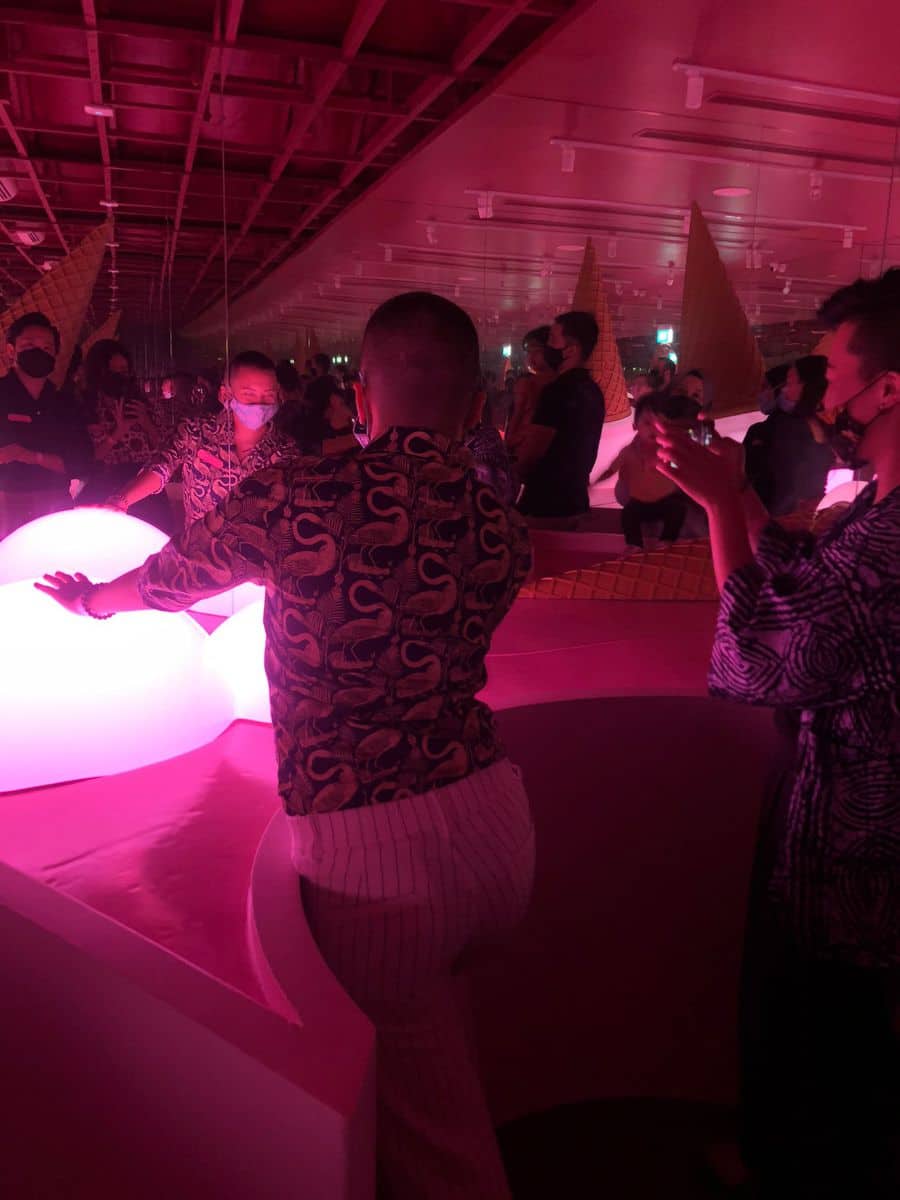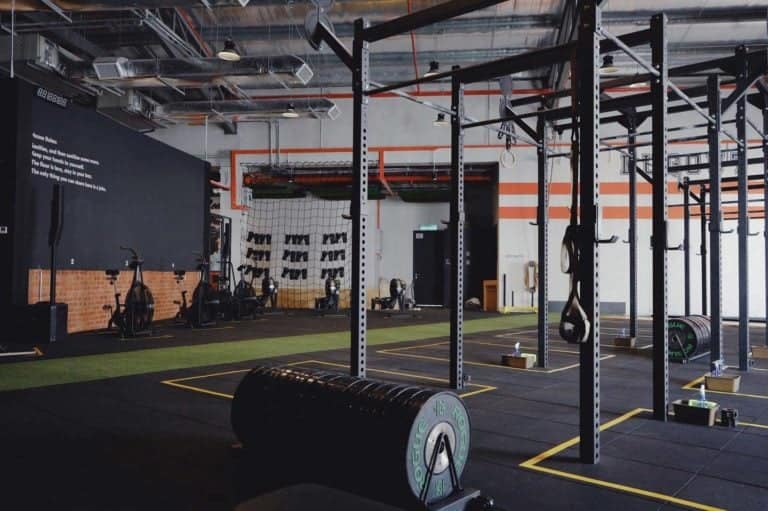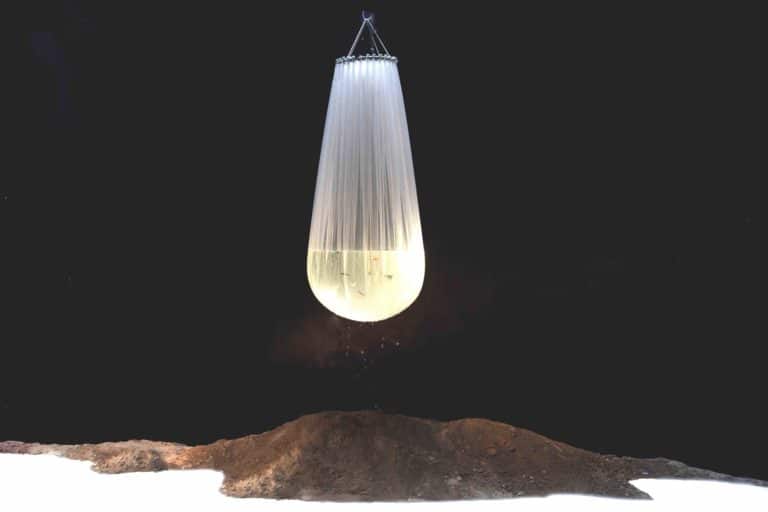A couple of months back when we visited the Museum of Ice Cream we put up a poll on @pluralartmag’s IG Stories asking whether the attraction could fairly be referred to as a “museum.”

As you can see, a resounding 64% of you responded with “No,” and we received some indignant DMs protesting the very existence of such a monstrosity.
But you know us, Plural pals – we can’t resist a good art controversy – and our little jaunt ended up making us pause for thought.
Because really now, what makes a museum, a museum?
The International Council on Museums (ICOM) presently defines a museum as “a non-profit-making, permanent institution in the service of society and of its development, and open to the public, which acquires, conserves, researches, communicates and exhibits, for purposes of study, education and enjoyment, material evidence of people and their environment.” (emphasis added)
Interestingly, this definition is under review in a detailed consultation process that is expected to end in early May 2022. You can find out more about it here.
Entering the Panopticon
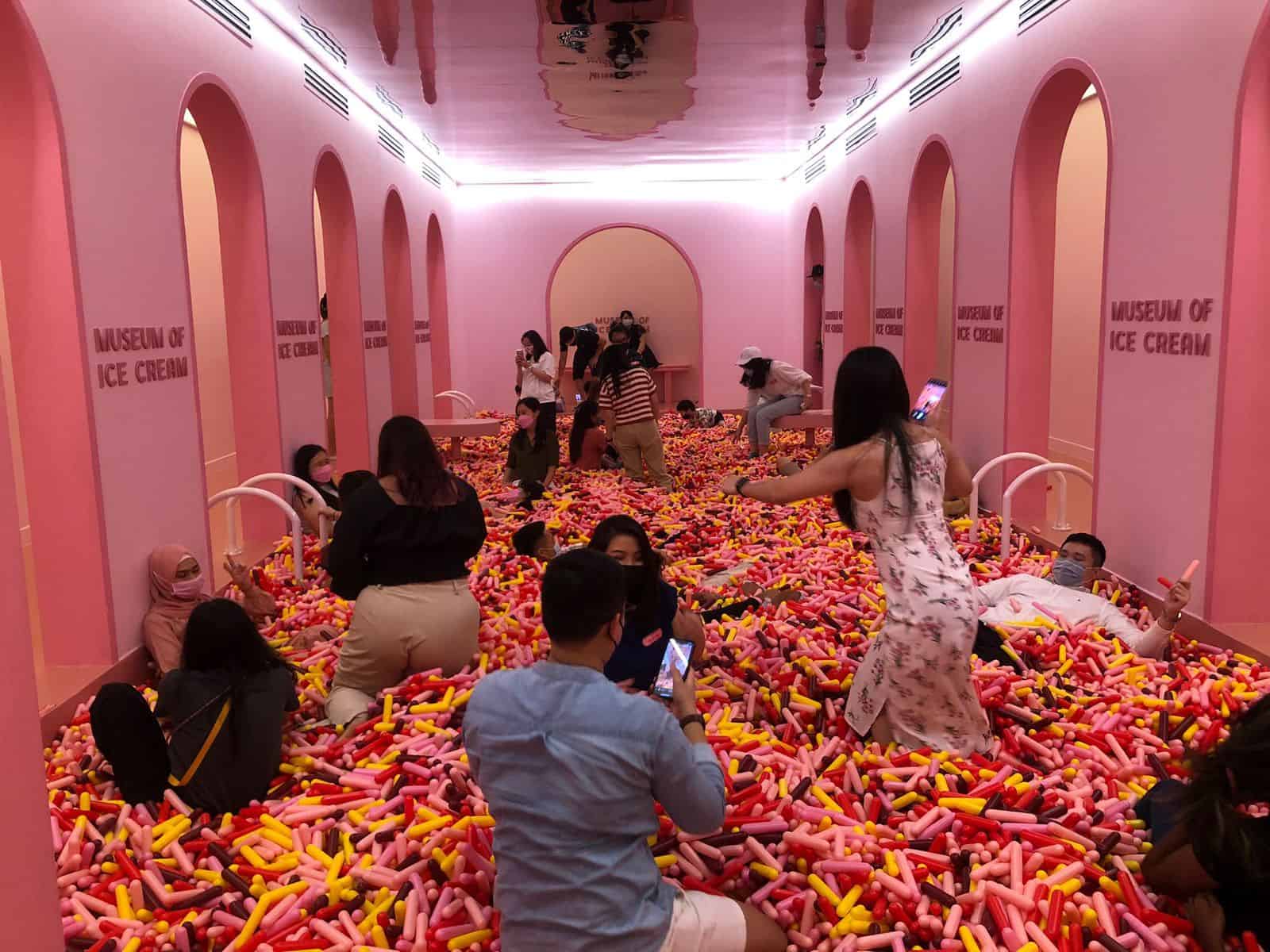
The sprinkle-bath was filled with visitors and in a pandemic environment, it seemed like a dip in this pool might have been a one-way paddle up Covid Creek. (The museum attendant assured us however that the area was disinfected thoroughly and in accordance with all pandemic management procedures). Scarier still, was the total level of conceptual immersion into the sprinkle pool that visitors displayed. Cameras were pointed everywhere and selfies and photo ops were the name of the game.
And yet, this notion of the museum as a form of surveillance, is not at all a new one. It’s actually rooted in a very old one– the concept of “panopticism.” This is an idea famously explored by philosopher Michel Foucault, of permanent visibility created through a physical structure which allows for surveillance from a central viewing point. For example, in prison systems of 18th century Europe, guards would locate themselves in a central observation tower, so that they would have the power to scrutinise all prisoners at once.
Tony Bennett in his article, The Exhibitionary Complex, builds on this idea, suggesting that museums seem to “reverse the panoptical principle,” by “fixing the eyes of the multitude upon an assemblage of glamorous commodities.” In other words, when viewers step into museums to be presented with an array of artefacts, research and information for their consumption, they gain knowledge and accordingly power.
However, he notes that museum exhibits are themselves carefully curated, and so the perceived transfer of knowledge is perhaps illusory — visitors see only what curators want them to see. Additionally, Bennett observes that visitors can themselves become part of the viewing spectacle when they are advised to adhere to dress codes, or when different classes of visitors are segregated in terms of access to events, or even by ticket prices.
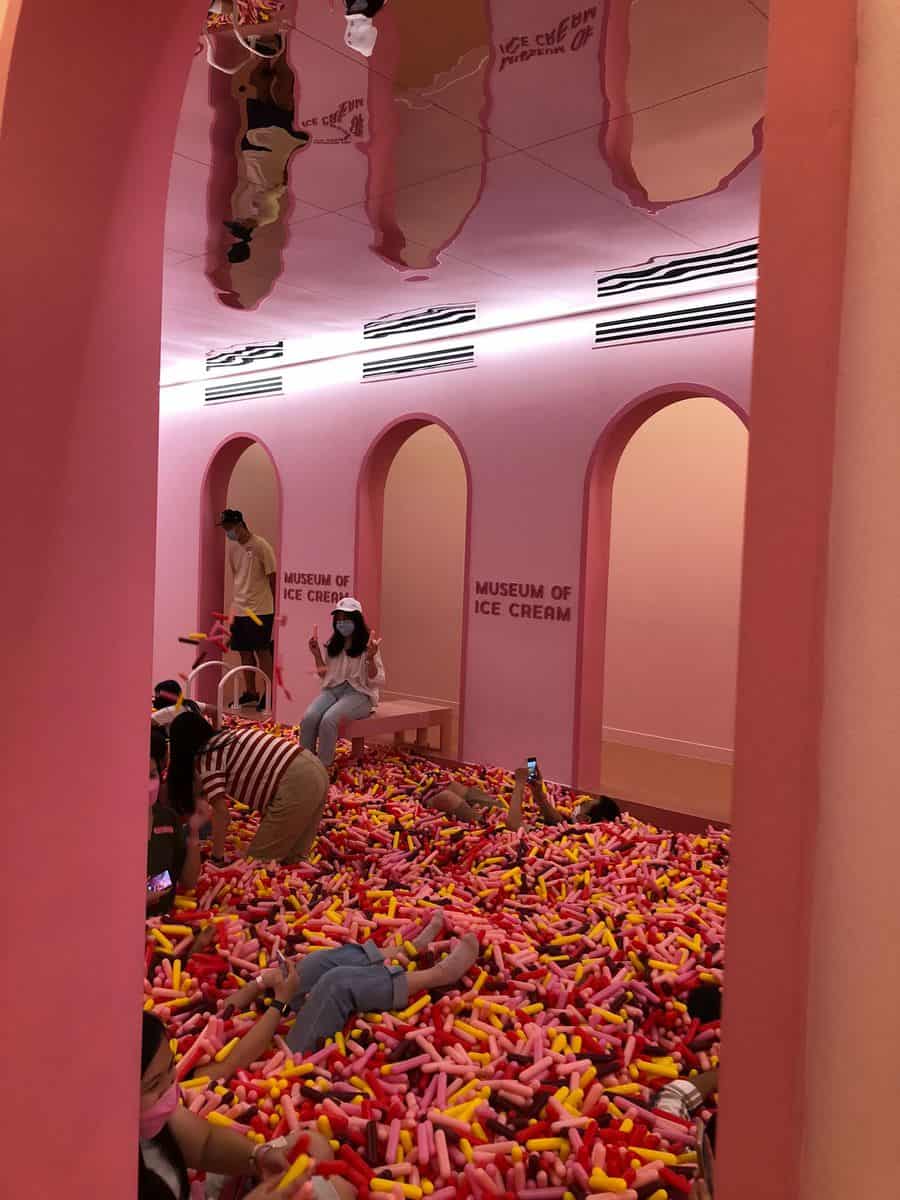
But have I learned anything?
Museums often have an educational role in society, where in addition to safeguarding and displaying artefacts, they also offer some kind of opportunity for edification to visitors and scholars.
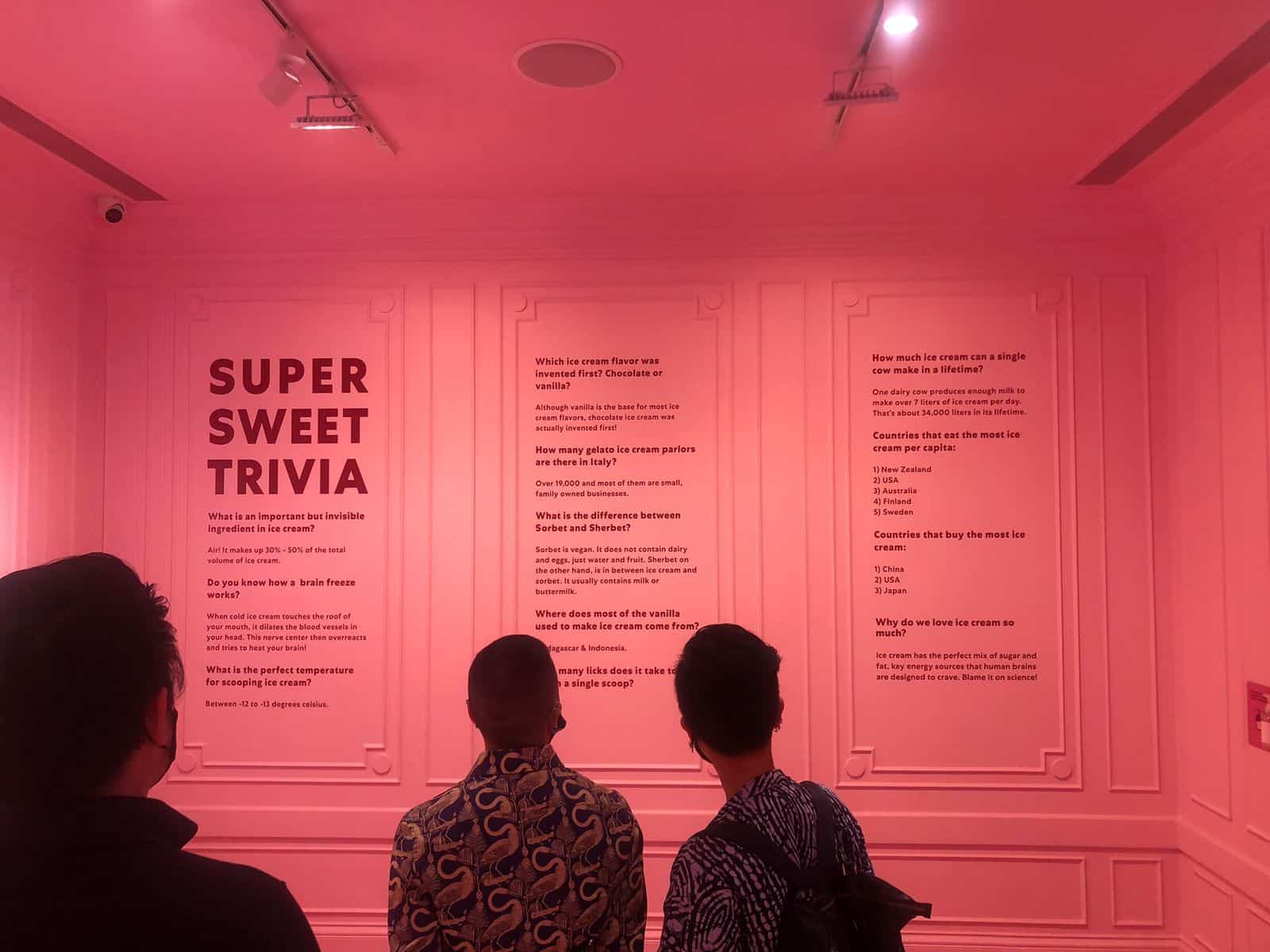
Academic Eugene Dillenberg in his excellent 2011 article, What, if Anything, Is a Museum? offers the view that collections cannot exist in a vacuum.
He goes on to elaborate that in his view, museums exist in their entirety to serve the public. One primary way of doing this is through education and through the presentation of exhibits as the means of fulfilling this public service mission.
In museums, “the information is not just presented, but embedded. The space itself and its physical contents are meaningful. The choice of objects, their juxtapositions, the angle of display, their ordering, the built environment, the colour of the walls, the use of light — every facet of the environment contains meaning, which visitors access through their experience.”
He reiterates, “This doesn’t happen by accident, but by design. An exhibit is more than a room full of stuff — that describes my living room —but rather a room full of stuff with a specific purpose: to serve the public through education. It must have this effect as its primary intent.”
But is it art?
There is an immersive quality to the Museum of Ice Cream that is humorous in its over-the-top approach. Not only does one physically enter a gigantic candy pink space, with numerous stops for ice cream sampling but one is also asked to acquire an “Ice Cream Name.” You don’t just enter the world of ice cream to play with it and eat it, you are invited to become the ice cream.
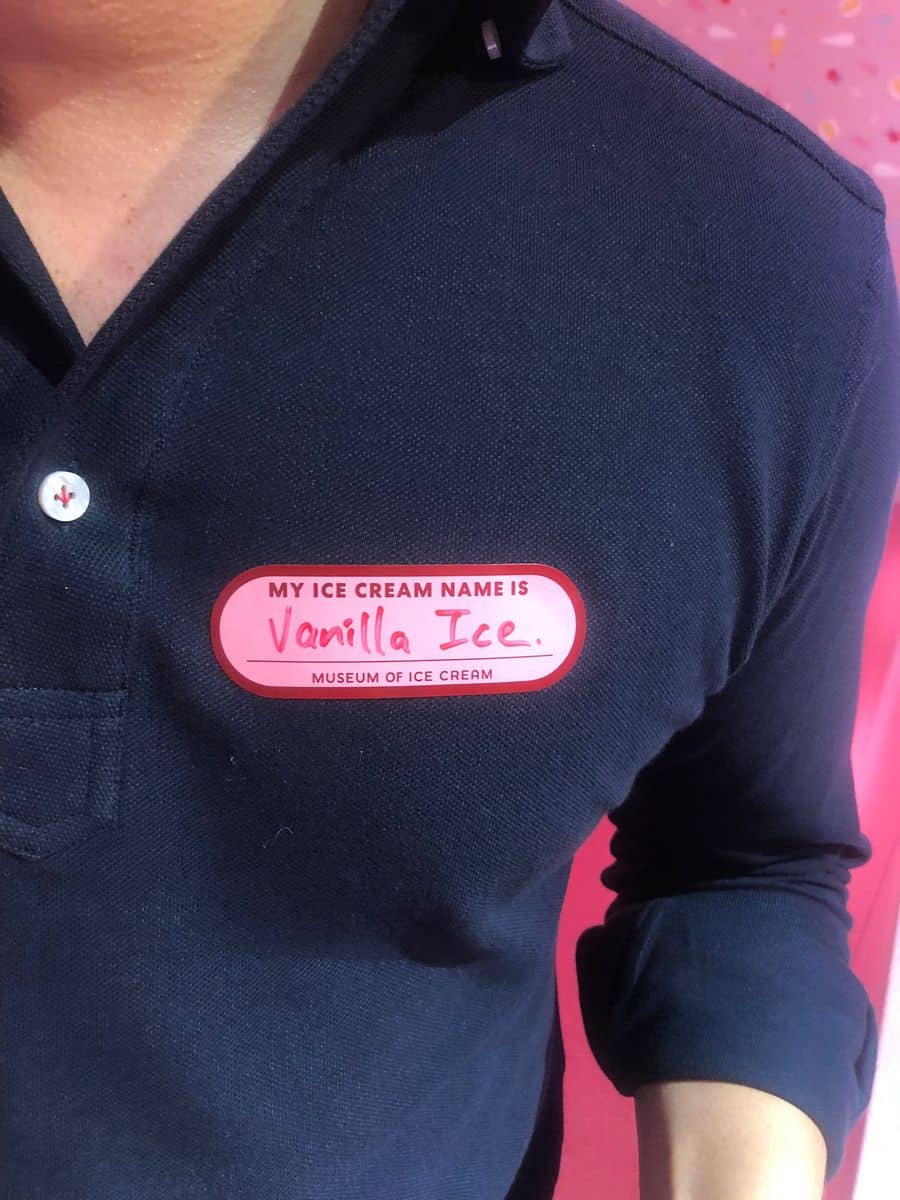
There is also a crazy mad lib quality to these interactive experiences. In one room, you’ll find a mess of letters and words.
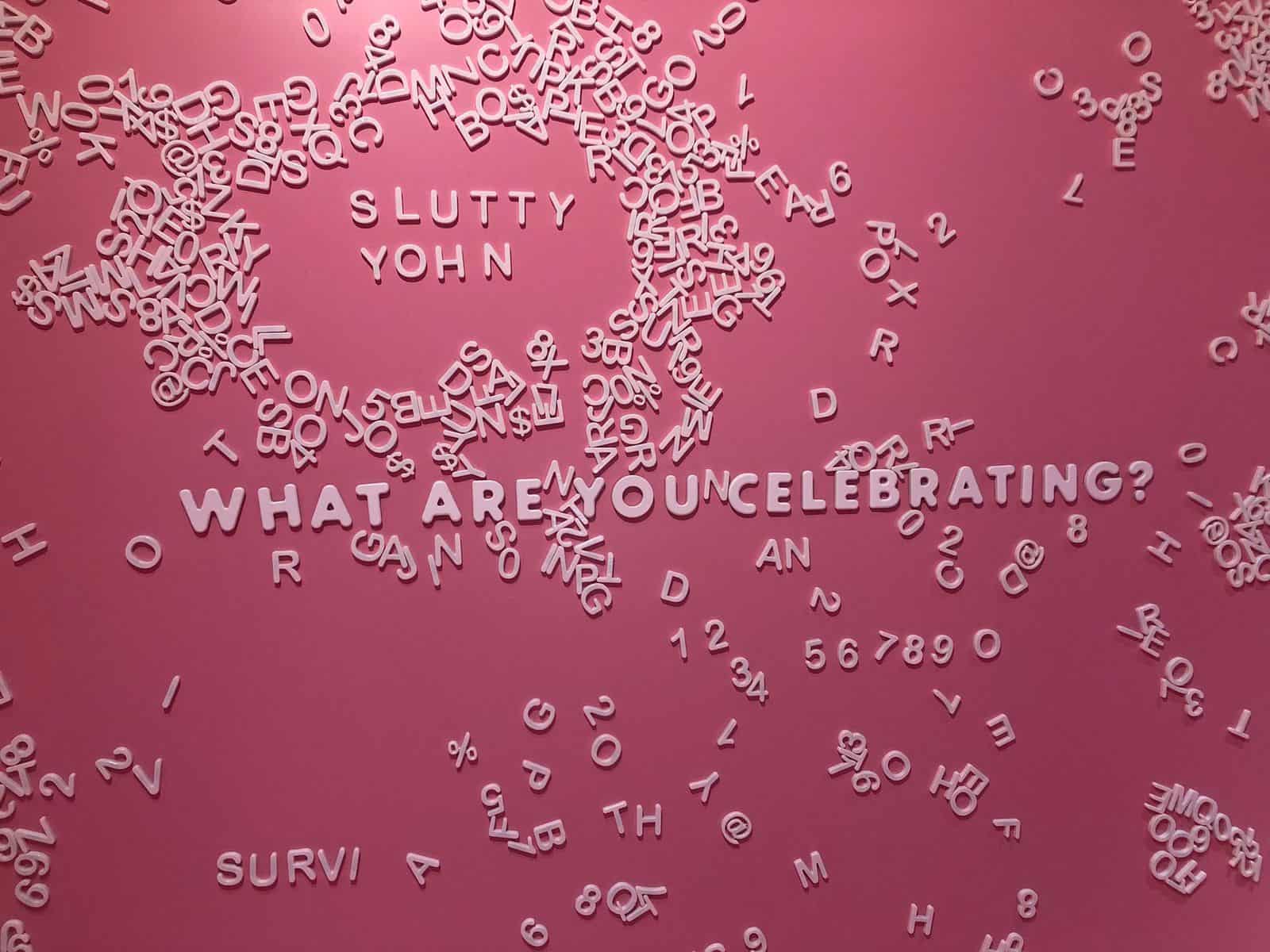
In another, you are invited to leap with wild abandon on a pink bouncy castle

In yet another room, you walk through an infinite field of lighted-up balls (ice cream scoops?), reflected Yayoi-Kusama style though a tunnel of mirrors.
There is often no obvious link to anything to do with ice cream, outside of the fact that (presumably) visitors are just supposed to immerse themselves in things that are as fun and enjoyable as ice cream treats. Whipped up into a frenzy with all that sugar, I too find myself hooting and cawing with delight over the silliest of things.
On the day that we visit, there is a great deal of diversity in the museum’s visitors – groups of people of all genders, ages, ethnicities and sexual orientations wander about holding hands, hugging and having a jolly old time. There is a palpable sense of freedom.
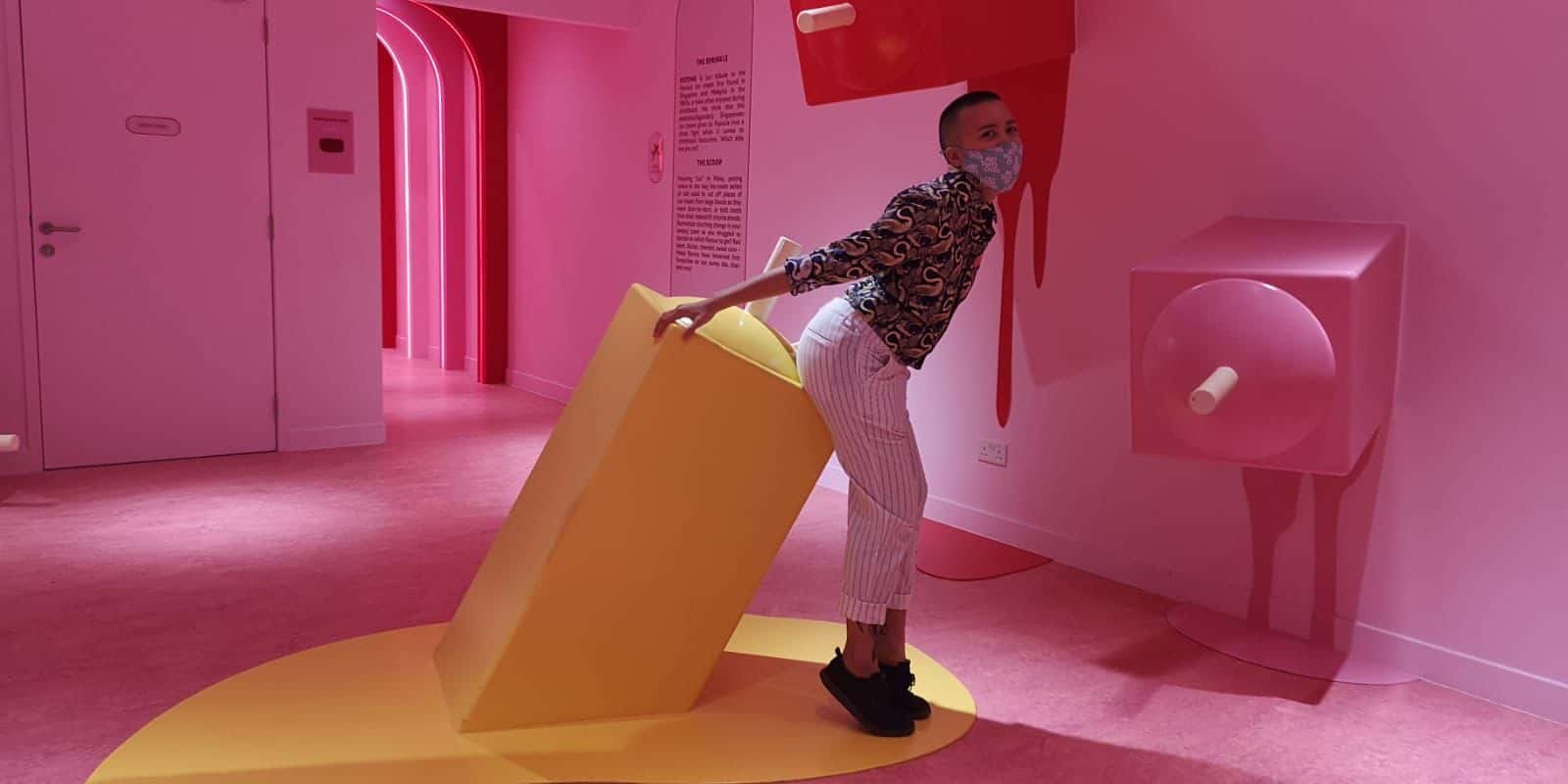
Creativity is also unleashed in boundless ways – pastel coloured cosplayers traipse through the rooms, a candyland dream in this building of nothing but candyland dreams, looking as though they could be anything from 13 to 38 years of age.

It was a bit creepy and strange but also uninhibited and wild and pretty darn cool. It reminded me a lot of the best kinds of conceptual art experiences.
Perhaps what makes it different though is the lack of a good story?
Yayoi Kusama’s Infinity Mirror Rooms for example, are beautifully executed but also tinged with the sorrowful context of her mental illness and struggles as a female Asian artist. At the Museum of Ice Cream, the pure spectacle is unaccompanied by any obvious deeper meaning and perhaps that is what makes it ring a bit hollow, if at all?
Colonial histories
Museums also have troubling historical links to colonialism— many are essentially repositories of stolen property.
The Museum of Ice Cream is an American institution, with outposts in New York City and Austin. Perhaps its presence in Singapore is a flex of American soft power – indeed, many of the local museum staff sport American accents for the full Disneyland effect – but the museum includes insightful local references which stop it from being a complete neo-colonial construct. There is a room dedicated to potong ice cream (which was the nicest tasting ice cream offering of the lot), and another that offers bandung and taro flavours sandwiched in retro wafers.
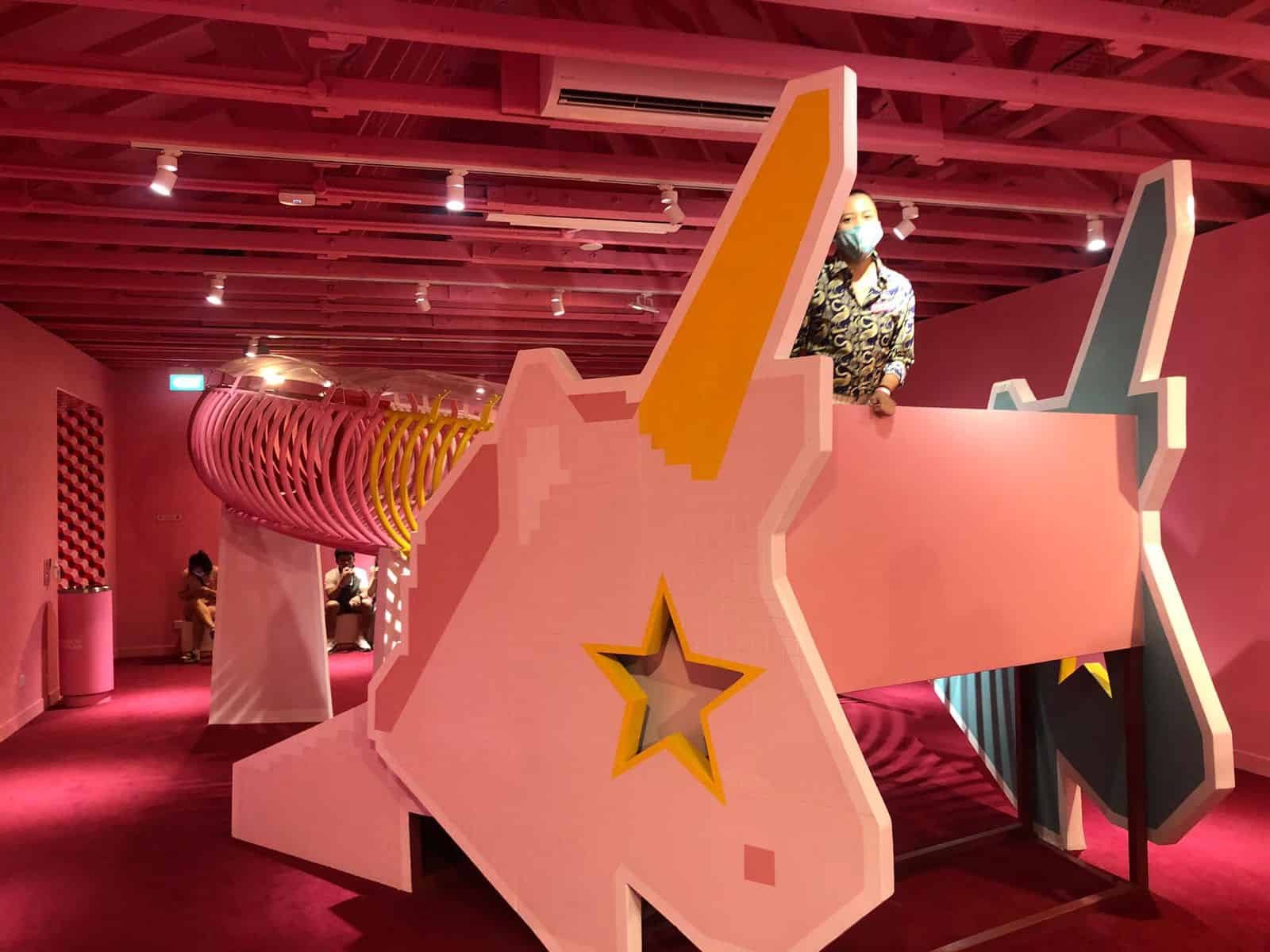
There is clearly an attempt to contextualise the museum culturally even though – or perhaps because – it has travelled so far away from its original shores. If we look back at the International Council on Museums definition (scroll up), there is certainly “material evidence of people and their environment,” specific to the Singaporean locale.
So, where does all this leave us? Is the Museum of Ice Cream an actual museum? After trawling through the International Council on Museums’ slide decks (there are many) I find myself asking more questions than I have the answers for.
In the end, I find that Dillenberg’s proposition gives me the greatest insight – in terms of formalistic definitions, it is entirely possible for an establishment to be a ‘museum’ without being a very good museum. But there are bigger questions here as well – primarily, whether museums in general could benefit from being more fun, inclusive and interactive? In this regard, the Museum of Ice Cream delivers in spades.
In any event, contextualised in the existence of a Museum of SPAM, and a Museum of Toothpicks, perhaps the Museum of Ice Cream doesn’t sound so outlandish after all?
_________________________
The Museum of Ice Cream is open for visits till 9 Jan 2022. Book your slot here and decide for yourself if it’s really deserving of its institutional title.

